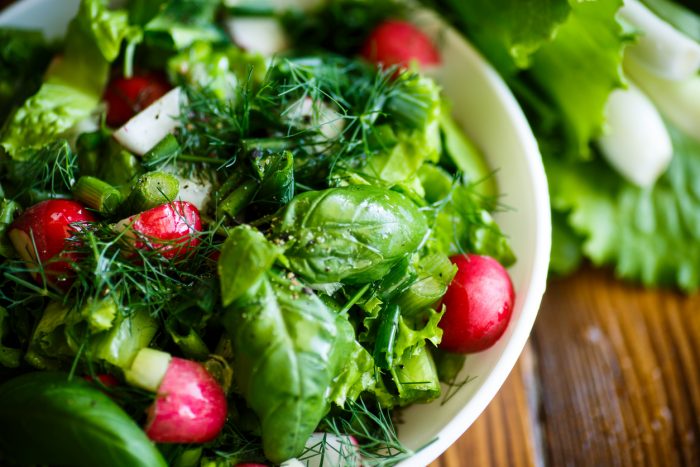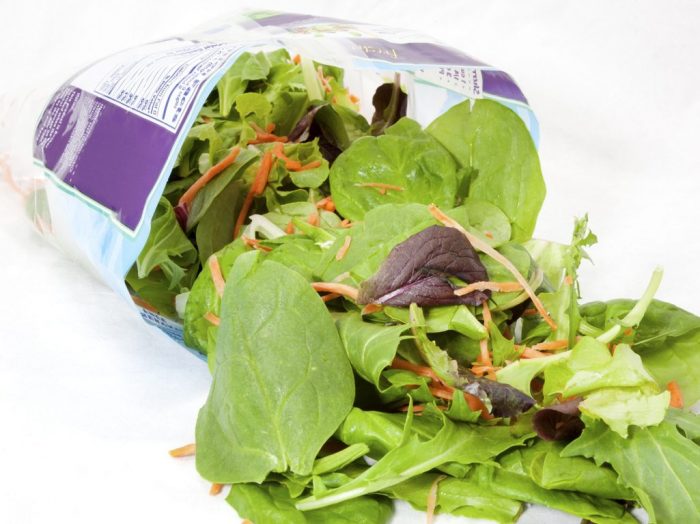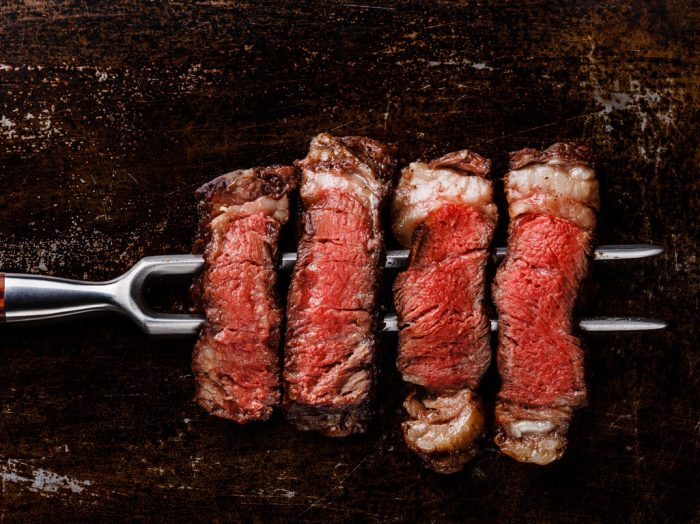If you’ve been watching the news lately, you might have noticed that there’s an E. coli outbreak in the United States. Salad food poisoning has become a thing lately and you should definitely not buy any romaine lettuce for now. Just to be safe.
Officials at the Centers for Disease Control and Prevention (CDC) have been giving updates on the salad food poisoning issue. As of May 16, they have counted 172 cases, from 32 states, with one death and 75 other hospitalizations. According to the U.S. Food and Drug Administration, the last shipments of the ‘culprit’ – romaine lettuce from the Yuma growing region were harvested on April 16 this year and the harvest season is over. According to the CDC, it’s unlikely that any romaine lettuce from the Yuma growing region is still available in stores or restaurants due to its 21-day shelf life.
The one person from California who died because of E. coli was a 16-year old who was eating salads every day because they were trying to keep a healthier lifestyle.

Salad food poisoning, how dangerous is it?
Sales of precut and bagged greens have really grown during the past years, and it has had positive effects because thanks to this easy way to purchase and prep greens, we’ve been eating more of them. Two years ago, Americans were buying twice as many bagged salad greens as heads of lettuce. It’s simpler to just open the bag, drop the content in a bowl, drizzle some olive oil, and have a meal out of it.
The question is: even if you obey the CDC warning and stay away from romaine lettuce that comes from the Yuma region, is it safe to buy other types of greens that are bagged? Because salad food poisoning seems to be now the most common source in the States. One in six Americans (about 48 million people) gets sick from food every year. And according to a CDC analysis in 2013, found that leafy vegetables caused almost 25 percent of all food poisonings. The next culprits on the list are dairy and eggs.
But when it comes to salad greens, romaine lettuce is not the only source of danger. The problem with these salad ingredients is that we eat them raw, there’s no high-temperature cooking process that allows us to kill some of the bacteria.
E. coli has many strands. Some of them are harmless and are already living in our guts. E. coli O157 is the strand that has been causing the outbreak for the past months. It’s quite aggressive and produces toxins that are dangerous for humans.
How do you protect yourself and your loved ones?
But how do the bacteria end up on the leafy greens? According to a 2013 Modern Farmer article, in the fields, workers use knives that are soiled by dirt full of pathogens. These pathogens are trapped by the plant through a milky latex it produces. There are also types of bacteria that can’t be washed off, or they’re hiding in places that are hard to clean, like the inside of a lettuce head.
So what can you do to avoid contamination? Lay off the pre-packaged salads for a while, because the bacteria has a chance to grow and multiply in the bags. Try to buy greens from the farmer’s market and wash them thoroughly before eating them.






